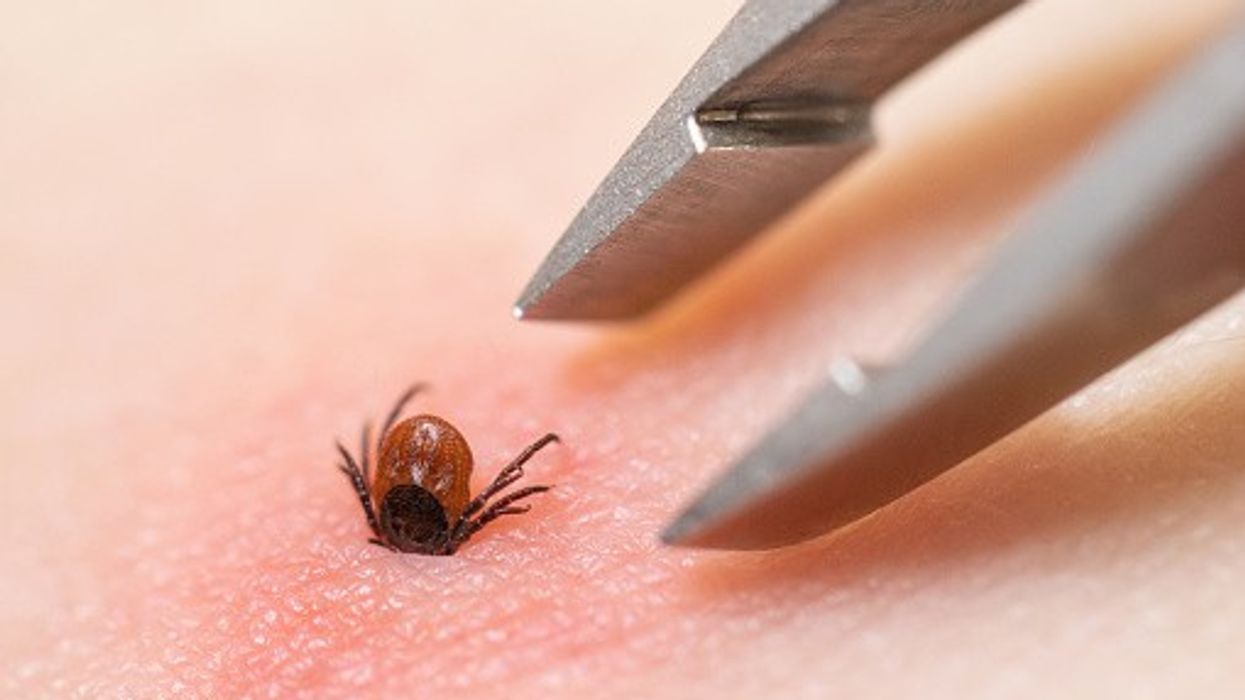Key Summary
- UKHSA warns of tick bites as 1,581 Lyme disease cases reported in 2024
- Lyme symptoms include rash, fever, fatigue—seek timely antibiotic treatment
- Public urged to use repellents, wear covered clothing, and check for ticks after outdoor activity
The UK Health and Security Agency (UKHSA) is alerting people to prevent themselves from tick bites this summer, as 1,581 laboratory confirmed cases of Lyme disease was reported in 2024.
Although this is 5.2 percent less than 2023, the actual numbers may be higher.
A majority of cases in 2024 were reported from South West, South East and London regions.
Lyme disease is caused by infected ticks that remain in people’s bodies for a long duration helping it to pass on the infection.
Springs and summers are the peak times for the disease, as people spend more time outdoors.
It’s important to seek treatment once you develop symptoms of Lyme disease after a tick bite.
As ticks are small and their bites don’t cause pain, it is important to check for them on all parts of the body soon after spending time outdoors.
One of the most common symptoms of Lyme disease is the ‘Bullseye’ rash, which can develop between 3 and 30 days of being infected.
In some case this rash does not appear, and symptoms include fever, headache, fatigue, facial droop, nerve pain, numbness or tingling sensation in the hands and feet.
The disease can be treated with timely administration of antibiotics.
“After spending time in nature, people should take precautions such as checking for ticks and promptly and safely removing them which will reduce chances of infection,” said Christina Petridou, consultant microbiologist at UKHSA.
In case of symptoms, she urged the people to “contact your GP or dial NHS 111.”
As a precaution, the UKHSA advises the people to enjoy their greenery walks in defined paths and avoid touching the plants.
Other suggested measures include use of insect repellents, wear clothes that covers the skin, and check for ticks after walks and remove them using a tick removal tool or fine-tipped tweezers.













